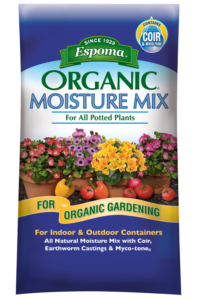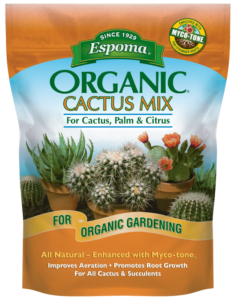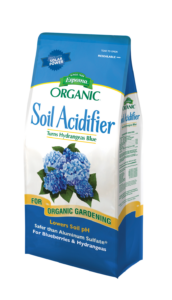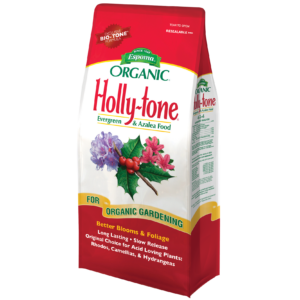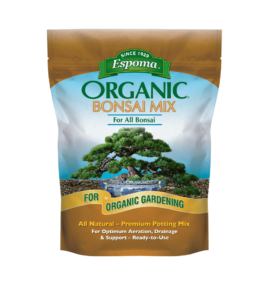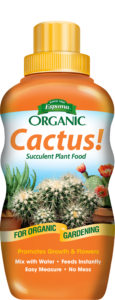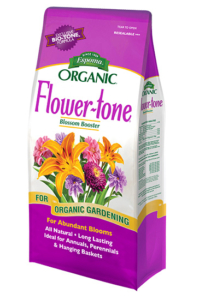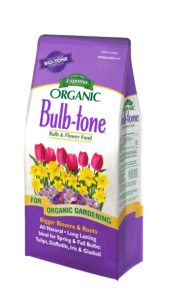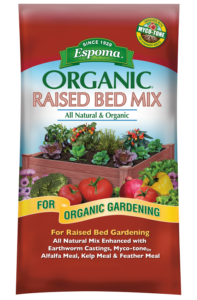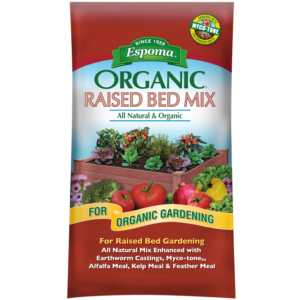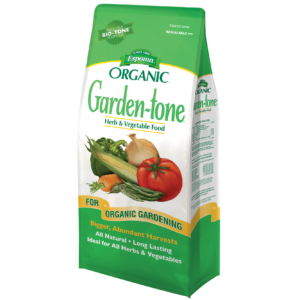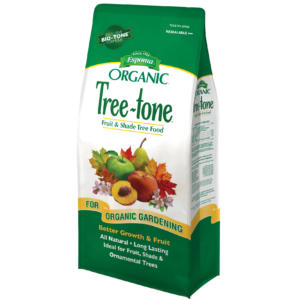VIDEO: Hanging Baskets for Shade 🌿🌸 with Skye Hamilton
Watch Skye Hamilton @hamiltonhousedesigns as she shares her go-to strategy for full, eye-catching hanging baskets in spaces with dappled or minimal sunlight. She adds a creative twist on the classic “thriller, filler, spiller” method—think filler, spiller, and longer spiller! Skye recommends using a strong, high-quality organic potting soil like Espoma Organic Moisture Mix to help retain moisture, as hanging pots can dry out quickly.
While Moisture Mix is Skye’s go-to for hanging baskets, Espoma Organic Potting Mix is also a fantastic option for all container planting.
Skye’s top tips for successful shade baskets:
1) SKyle likes to use 16” baskets and adds a plastic liner (snip a drainage hole) to help retain moisture.
2) Choose shade-loving annuals—these plant types can thrive in shady conditions and often have smaller root systems, letting you plant more closely.
3) Aim for 5–7 plants per basket to create a full, cascading look.
4) Focus on “fillers, spillers, and longer spillers” to build depth and interest.
5) Let trailing plants cascade over the sides for that overflowing feel.
6) Water consistently and use soil that helps with moisture retention, like Espoma Organic Moisture Mix.
Bonus Tip:
When planting, Skye adds Espoma Organic Bio-tone Starter Plus to provide the nutrients needed for strong root growth and big, beautiful blooms.
*****
Learn More about Skye Hamilton:
🌹 YouTube
🌹 TikTok
Featured Products:



